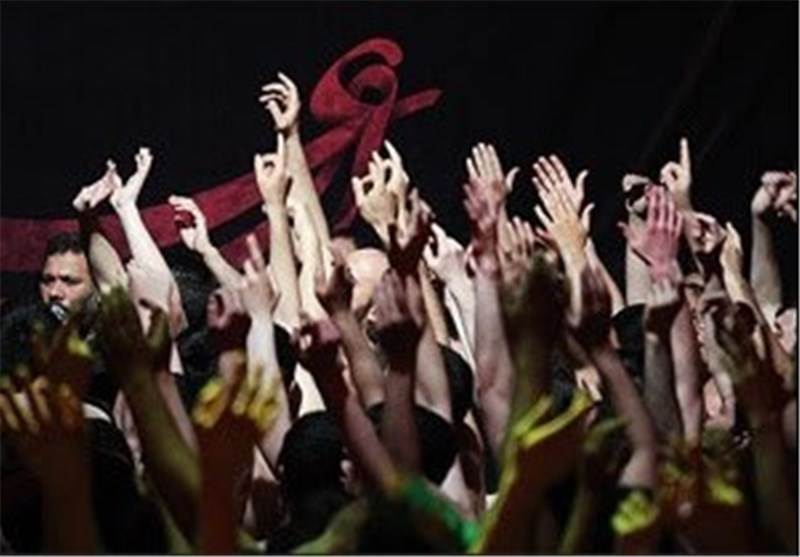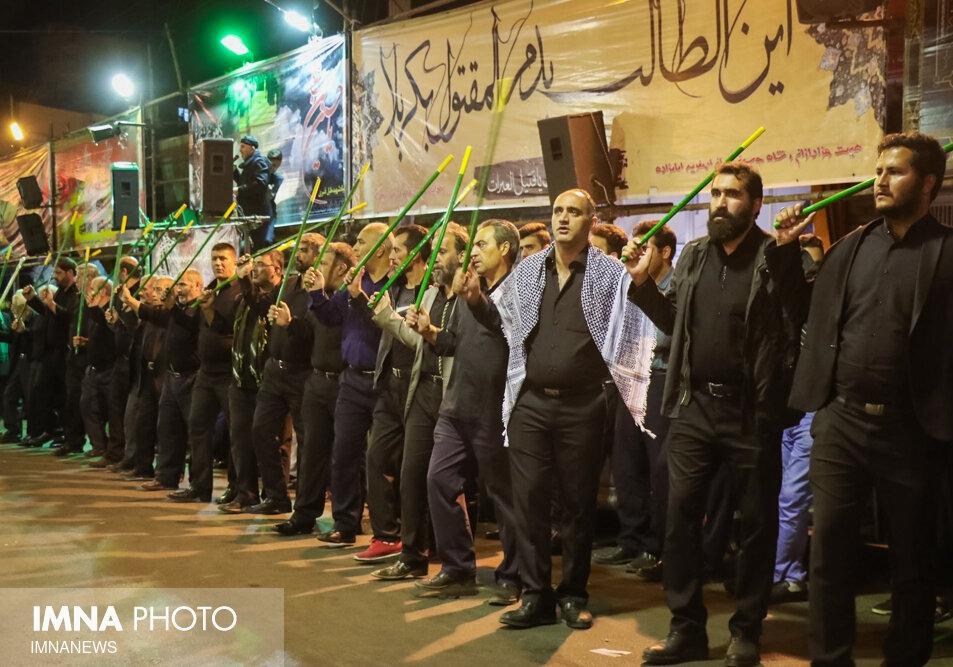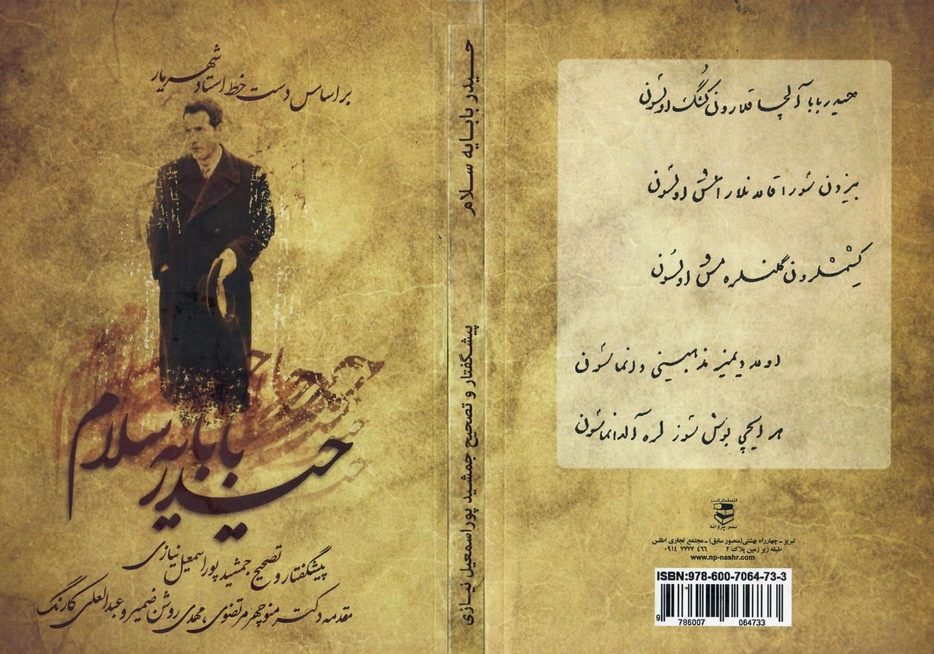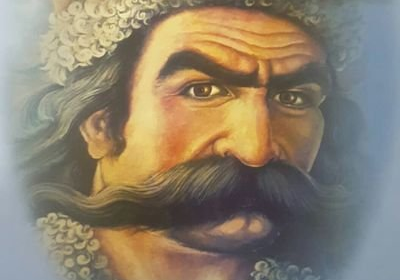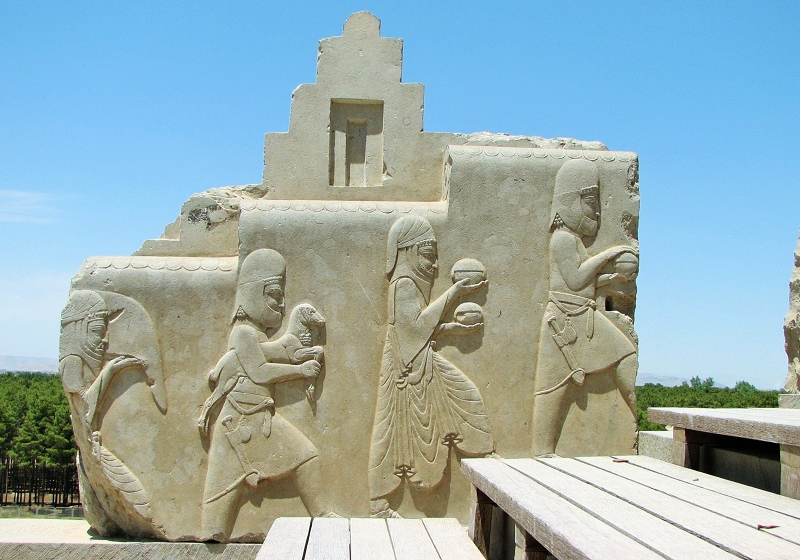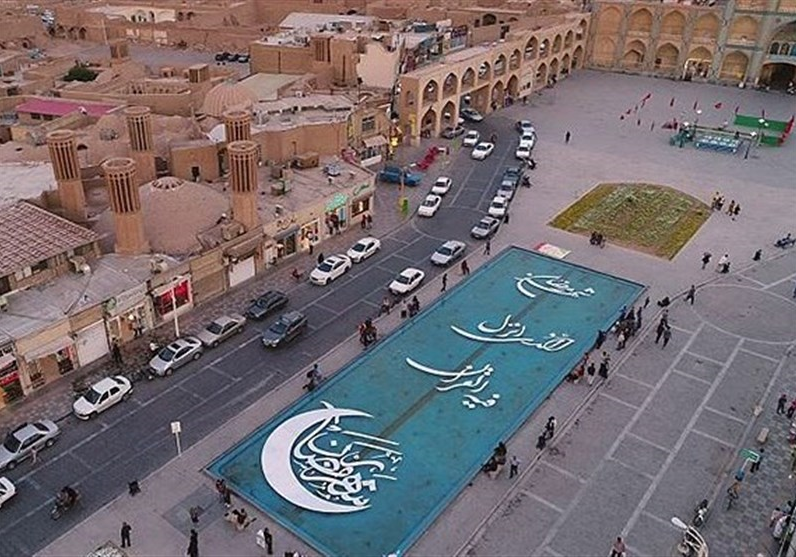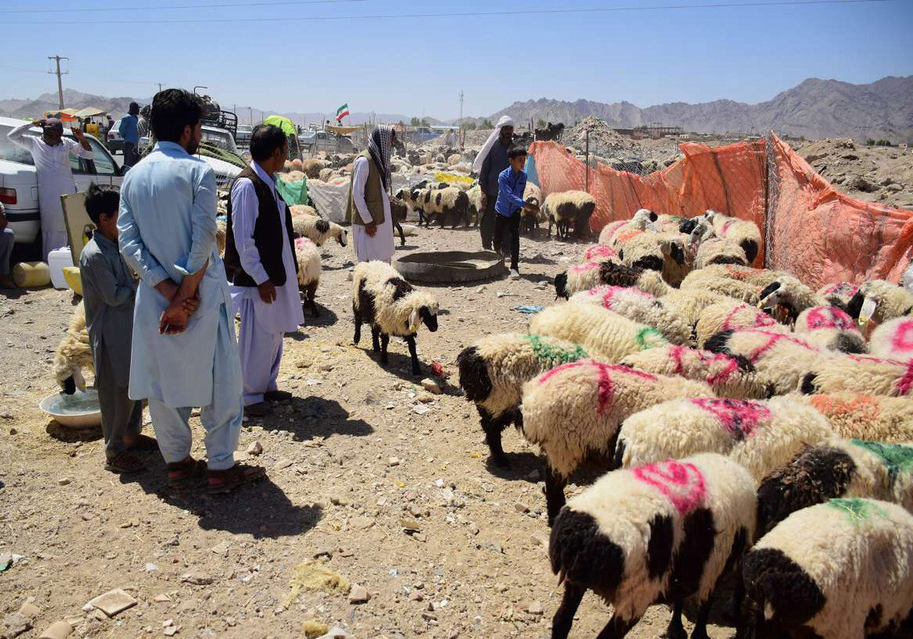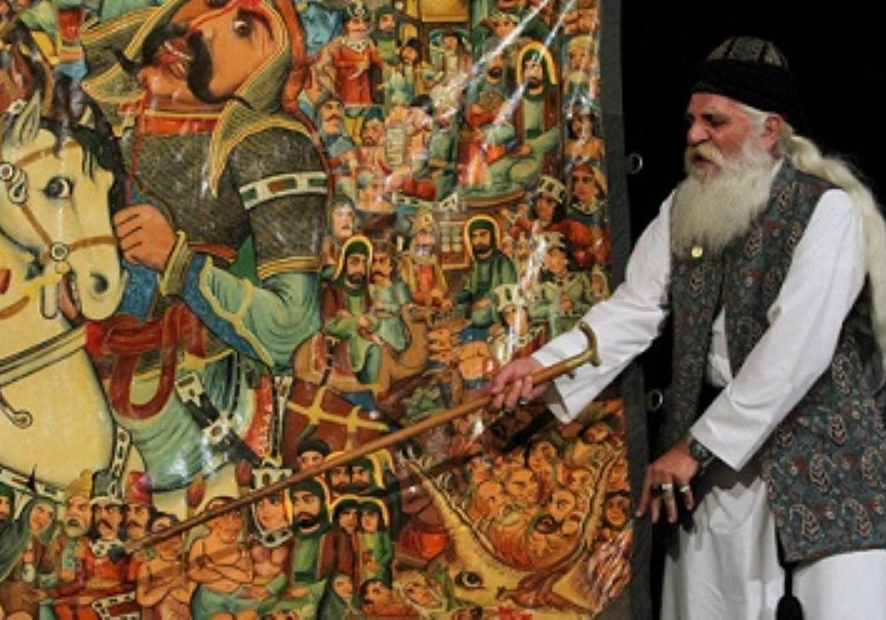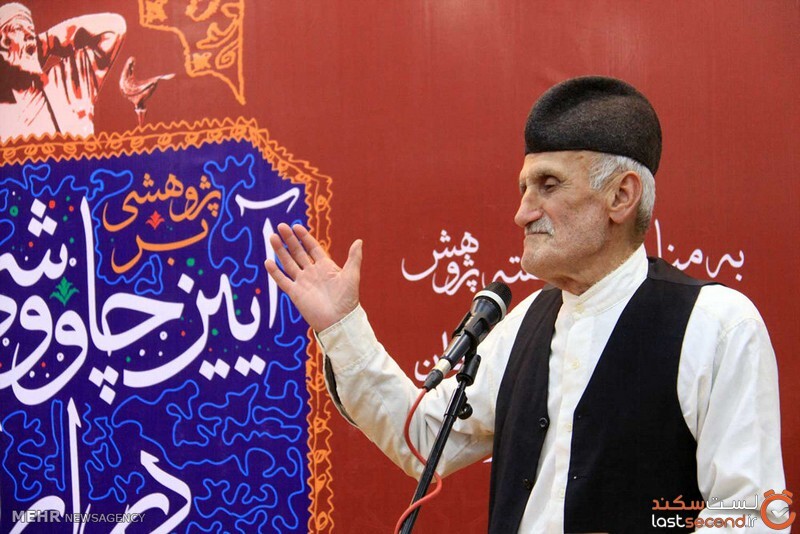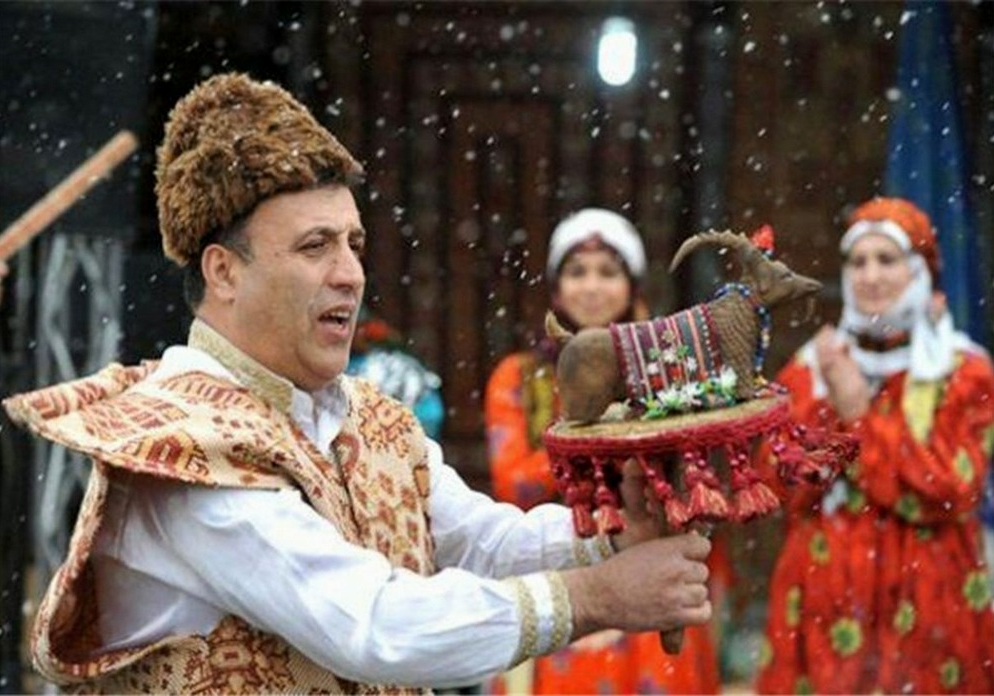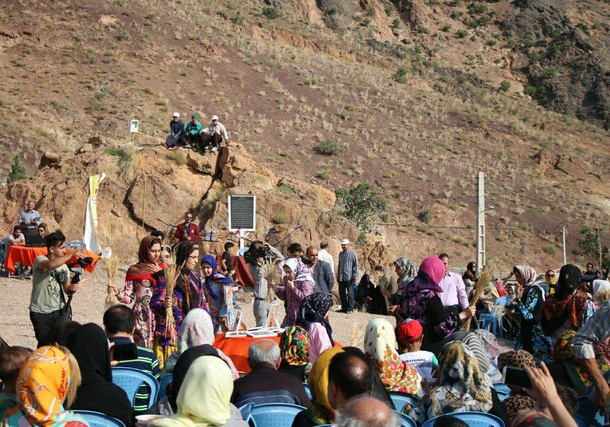
Azari Dance
The history of Azarbaijan is replete with many cultural traditions and customs. One of these customs is the Azari dance; a dance with an ancient history that, in addition to containing certain prayer and spiritual aspects, has been a part of the hunting program, holding joyous and mourning ceremonies or preparing for war.
History of Azari Dance
In addition to the Azari-speaking regions of Iran, different types of Azari dance are also popular in Türkiye and the Caucasus. According to experts, the Azari dance dates back to eight thousand years ago. Throughout history, this dance has found new styles and new uses in accordance with historical events. It seems that Azari dance was first created as a part of prayer rituals and then, in solidarity with Azari poetry and traditions, it entered other aspects of Azari life, and therefore, this dance can be seen in most ceremonies and customs of the people of Azarbaijan.
Characteristics of Azari Dance
Although the vastness of the areas where Azaris live has contributed to the diversity and richness of Azari dance, Azarbaijan’s folk dance has preserved its style and form over time.
Azari dance is usually performed in three types: a) fast, which is performed in a circular form, b) with singing and melody in which the dancer taps in one place and dances slowly, and c) on a circle with great enthusiasm. Azari dance requires a lot of agility.
Depending upon the theme he wants to show in his dance, the dancer gives different poses to his body. For example, sometimes he may stand on his paws and completely straight to show his agility, or he may push forward his chest to demonstrate his strength and magnificence. The dancer sometimes makes high jumps, which may occur moments after the dancer sits on the floor and may be repeated many times. Therefore, the dancer must be physically fit to perform such moves.
Lezgi Dance
There are many types of Azari dance, but the most famous of them, which is also performed in Tabriz and other Azari-speaking cities of Iran, is the Lezgi dance. Due to its fast and complicated movements, this type of dance is very spectacular and is known as ceremonial and martial art dance.
Lezgi is one of the oldest types of Azari dance, whose origin is attributed to a region of the same name in the north of the Republic of Azerbaijan. Lezgi starts with a light melody and slow jumps, and then, as the beat gets faster, its performance gets faster and becomes more complicated with turns, jumps, and movements of different body parts. In Lezgi dance, most of the movements are done by legs and the hands are mostly used for coordination and maintaining balance. However, when the dance reaches its peak, the hands also take on faster movements. The speed of these movements has made most Lezgi dancers maintain a thin body so that they can show better agility.
Usually for the Lezgi dance, the dancer wears a black and red dress with long shiny boots and a white wool hat. At first glance, such a dress seems too heavy for a fast and energetic dance, however, this traditional dress is a symbol of the indigenous identity of the Azari people. The red color of this dress tells the viewer about the dancer’s passion and enthusiasm and the black part of the dress is supposed to be the manifestation of the perfection and mystery of the Azari people. The whiteness of the hat, on the other hand, is a sign of honesty and moderation, and long boots are a sign of readiness for defense.
The Style of Performance
Lezgi dance is performed both individually or in a group. Sometimes this dance is performed by two people and turns into a competition to show their agility and physical fitness and at times a stick or a sword is used in performing Lezgi to show the fighting spirit of the dancers.
Azari dance is usually performed in three types: a) fast, which is performed in a circular form, b) with singing and melody in which the dancer taps in one place and dances slowly, and c) on a circle with great enthusiasm. Azari dance requires a lot of agility.
| Name | Azari Dance |
| Country | Iran |
| State | East Azerbaijan |
| Type | Artistic |
| Registration | National |
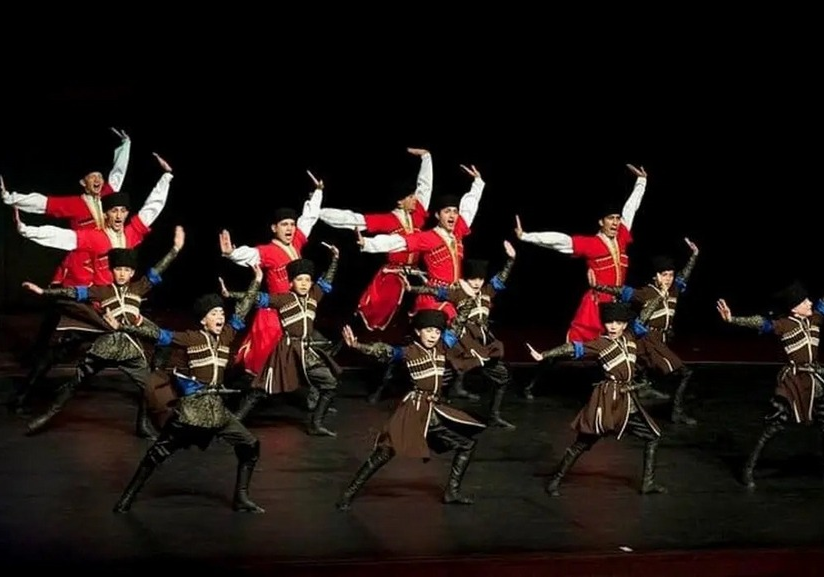
_2.jpg)

_2.jpg)
Choose blindless
Red blindless Green blindless Blue blindless Red hard to see Green hard to see Blue hard to see Monochrome Special MonochromeFont size change:
Change word spacing:
Change line height:
Change mouse type:
